20 Symptoms of High Blood Sugar Levels and How to Control it
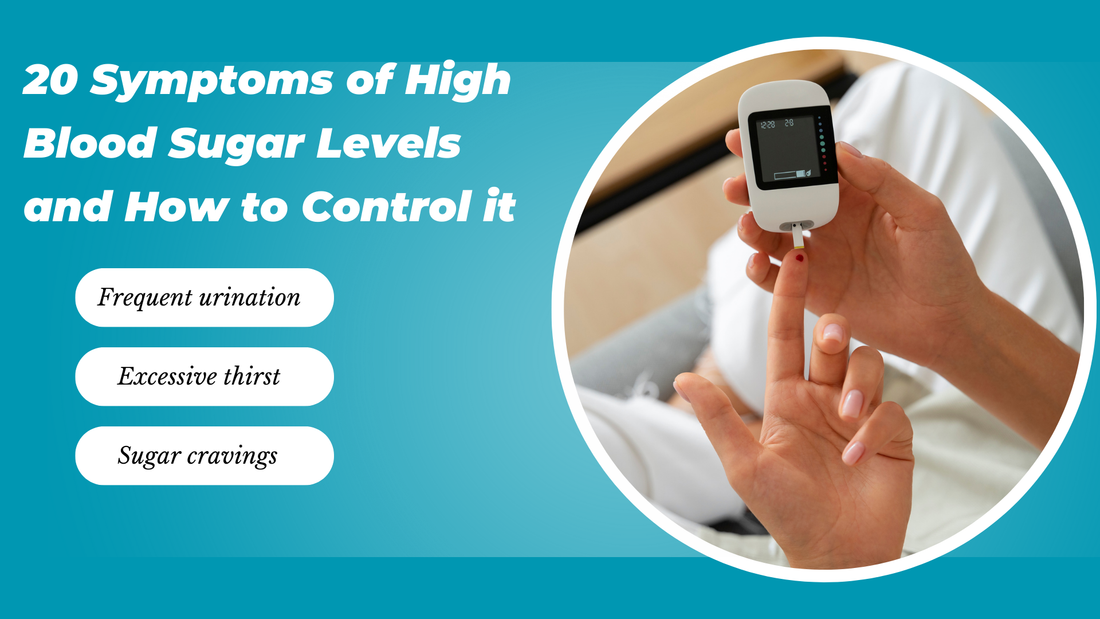
Sometimes we feel like our body is not in our control, but we can’t figure out why. And the body state changes; for a few times, you are feeling totally okay, and after that, not okay, and thinking, why are you this tired? And also always feeling thirsty even after drinking enough water. It might not just be a rough day; it could be your blood sugar quietly running wild.
A lot of people think high blood sugar only happens if you already have diabetes. But here’s a reality check: your sugar levels can rise even if you don’t have a diagnosis yet, and ignoring those small clues can seriously hurt you over time.
If you catch the signs early, you can find bigger problems down the line. Let’s break down 20 symptoms that might signal high blood sugar and some down-to-earth ways to bring it back under control before it takes over your life. And How pancreas supports your diabetes to produce insulin to control blood sugar levels.
Why Bother About High Blood Sugar Anyway?
When your sugar levels stay high for too long, they can slowly damage blood vessels, nerves, and organs that work. The tricky part? Most of us don’t even realize it’s happening. We write off the signs as just tiredness or maybe I ate something weird and move on.
20 Symptoms of High Blood Sugar
The below are the symptoms for high blood sugar levels and how to control it: Here we are discussing about the managing or controlling the blood sugar level in your body.
Common physical symptoms

1. Frequent urination
If you keep running to the bathroom, especially at night, your body is trying to flush out extra sugar. It’s like an annoying alarm that won’t stop ringing.
2. Excessive thirst
When you’re peeing more, you get dehydrated. You drink glass after glass, but somehow your mouth still feels thirsty.
3. Increased hunger
You are hungry even after eating; within an hour, you want to eat something again. Because of having high sugar levels, your body cells are asking for more food to use the energy.
4. Fatigue or weakness
The type of tiredness that makes you want to nap at your desk or crawl into bed before dinner could be a sign that your sugar is talking.
5. Blurry vision
Sugar affects the fluid in your eyes, making things look hazy. If this comes and goes, pay attention.
6. Slow-healing wounds
A tiny paper cut should heal in a few days, but with high sugar, it might stick around much longer than it should.
7. Frequent infections
Yeast infections, bladder infections, and skin infections. If you’re fighting these too often, sugar might be playing a role.
8. Dry mouth and skin
If you feel like you need to carry lip balm everywhere or keep licking your lips, your body might be crying for balance.
9. Unexplained weight loss
At first, sudden weight loss might seem normal, but it usually means your body is breaking down fat and muscle for fuel instead of using sugar.
10. Headaches
Ever feel like your head is pounding for no reason? Sugar swings can make you feel like your brain is bouncing around in there.
Nerve- and circulation-related symptoms

11. Numbness or tingling in hands and feet
This weird pins-and-needles feeling is your nerves screaming for help because of sugar damage.
12. Itchy skin
Sometimes there’s no rash, no allergy, just random itching that drives you up the wall.
13. Trouble concentrating
You sit down to work, but suddenly you can’t remember what you were doing. You keep rereading the same line over and over. Sound familiar?
14. Mood swings or irritability
Laughing one minute irritated the next. When sugar goes up and down, so does your mood.
15. Digestive issues (nausea, stomach pain)
Nausea, random stomach cramps, or feeling like your belly is off for no clear reason? Sugar can mess with your gut, too.
16. Shortness of breath (in severe cases)
When sugar is dangerously high, you might feel like you just can’t even be in control when you’re sitting still. This is serious and needs medical attention.
Hormonal and skin-related signs

17. Sugar cravings
You’d think high sugar would stop you from wanting sugar, but it often makes you want more sweets.
18. Erectile dysfunction (men)
High sugar can mess with blood flow and nerves, making it tough to get or keep an erection.
19. Yeast infections (women)
Extra sugar creates the perfect environment for yeast to thrive. If you keep getting infections, it might be worth checking your sugar levels.
20. Dark patches on the skin (acanthosis nigricans)
Check your neck, armpits, and groin; dark patches can signal insulin resistance, which usually means sugar is too high.
Natural Ways to Get Blood Sugar Back Down
Spot some of these signs? There’s a lot you can do before things get out of hand. You don’t have to sign up for an extreme diet. Let’s keep it realistic.
1. Hydrate like it’s your new hobby
Water helps flush out sugar, so keep a bottle with you everywhere. Don’t chug it all at once; sip steadily through the day.
2. Move that body
You don’t need to hit the gym for two hours. A quick stroll after dinner, dancing around while doing chores, or even some gentle stretches can all help bring sugar levels down.
3. Get cozy with fiber
Fiber is one of the good foods that helps you balance your sugar levels. They have a quality of slows the sugar absorption, which makes your digestion free. So add foods like veggies, oats, beans, and chia seeds to your daily routine.
4. Say goodbye to refined carbs
Refined carbs will spike your sugar. Instead of taking white bread and pastries, go for foods such as brown rice and whole grains. It's not strictly to avoid them but to keep them for rare times and replace them with other foods most of the time.
5. Stress less
More stress can lead to an increase in sugar levels in your body. So it is better to stay free with your mind and give enough rest to your time.
6. Prioritize that beauty sleep
Skipping sleep messes with how your body handles sugar. Get 7–8 hours, and try to keep a consistent bedtime; your future self will thank you.
7. Check your sugar now and then
The people who are dealing with diabetes are already checking their levels as per their doctor's advice. Even if you are not diabetic, checking your levels will help you notice which foods or activities spike your levels.
8. Eat smaller, balanced meals
It is better to eat in portions instead of going through it in one sitting. It will benefit you by keeping you full without increasing your calorie intake and help you manage your sugar levels.
9. Add good fats
Adding good fats makes you feel full for a longer time. And they also have low sugar absorption. So consider foods with good fats like avocados, nuts, and olive oil.
10. Lose weight at your own pace
Losing weight will benefit you more; it enhances insulin sensitivity, so your body handles the sugar levels well.
Which is The best Supplement to Control Blood Sugar Levels
Looking for a natural solution to help manage your blood sugar? RediClinic Diacontrol is India’s no 1 supplement, packed with 11 powerful herbs that work together to support your blood sugar levels and overall health.
With a blend of Gymnema Sylvestre, Bitter Gourd (Momordica charantia), Licorice (Glycyrrhiza glabra), Cinnamomum camphora, Shilajit, and more, this supplement combines Ayurvedic wisdom with modern science to keep your blood sugar in check.
Top 5 Ingredients and Their Role in Managing Diabetes:

Click Here To Get The Product Now From Our Official Website
- Gymnema Sylvestre: Helps reduce sugar absorption and supports insulin production.
- Cinnamomum Camphora: Improves insulin sensitivity, helping your body use glucose better.
- Bitter Gourd (Momordica Charantia): Mimics insulin, helping regulate blood sugar and reduce resistance.
- Licorice (Glycyrrhiza Glabra): Lowers blood sugar levels and reduces inflammation.
- Syzygium Cumini (Jamun): Controls blood sugar levels and supports digestion.
With RediClinic Diacontrol, you get a powerful blend of herbs that work together to help manage your blood sugar, boost metabolism, and improve overall well-being.
Frequently Asked Questions (FAQ's)
1. What are the common symptoms of high blood sugar levels?
Symptoms include excessive thirst, frequent urination, fatigue, blurred vision, and slow wound healing.
2. How can I control high blood sugar levels naturally?
Control it by eating a balanced diet, exercising regularly, managing stress, and staying hydrated.
3. Can drinking water help lower blood sugar levels?
Yes, water helps flush out excess sugar and prevent dehydration.
4. When should I seek medical help for high blood sugar?
Seek help if you experience rapid weight loss, vomiting, confusion, or difficulty breathing.
Conclusion
You don’t need to change everything overnight. Just start with something simple and stick with it. Your body will respond, maybe not instantly, but gently and in ways you’ll begin to notice. The key is showing up for yourself, one small step at a time. That’s where real change begins.
No comments








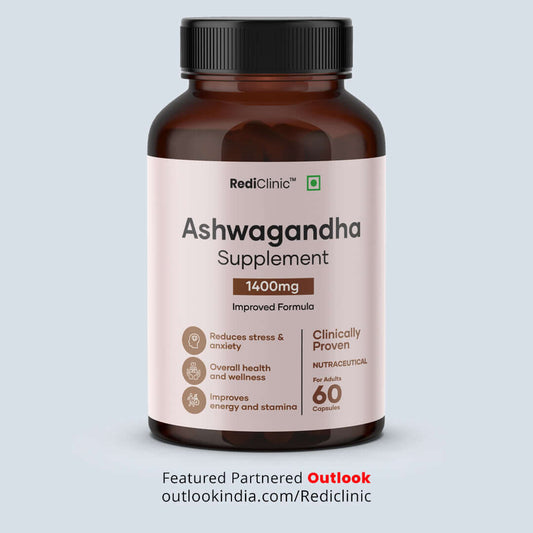


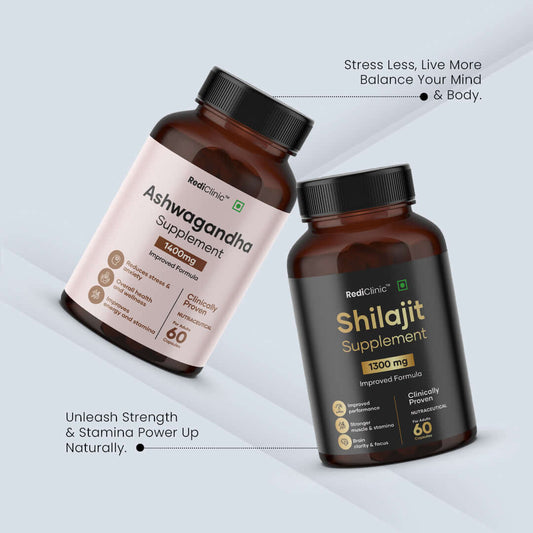
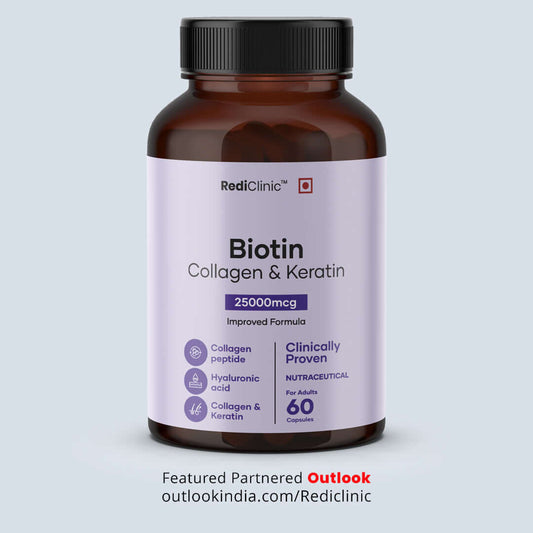
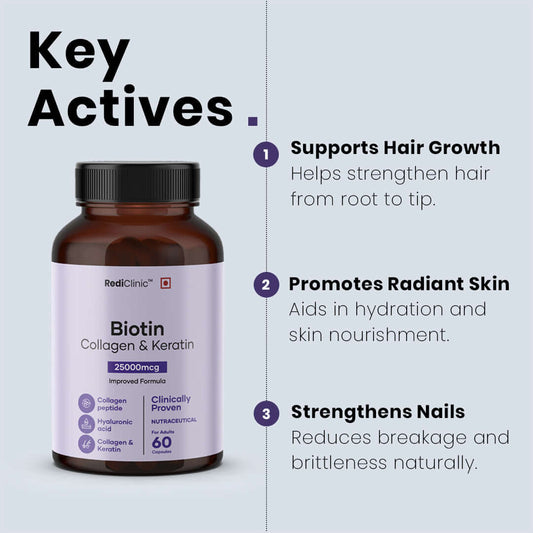





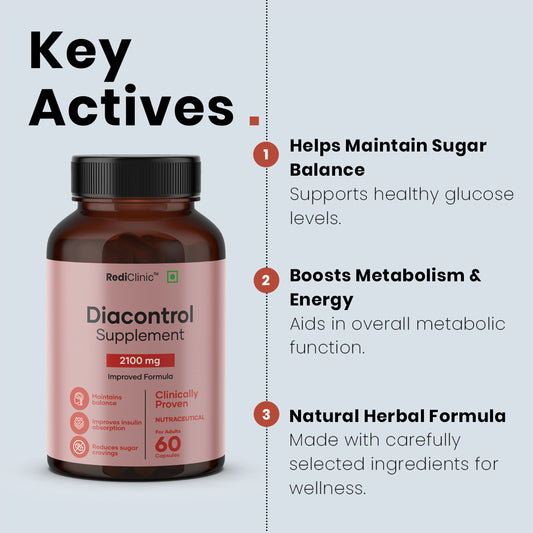
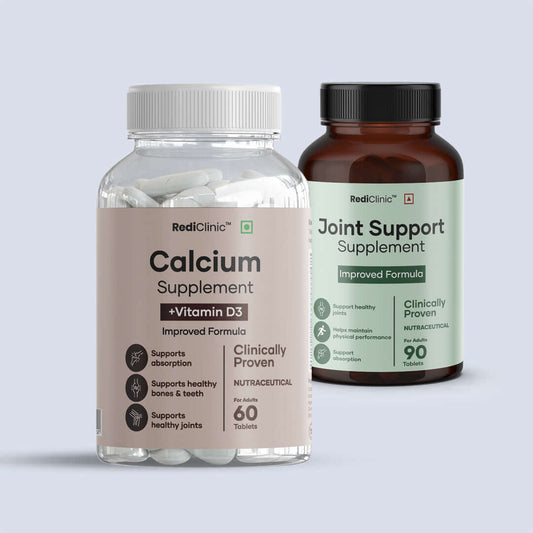


0 comments